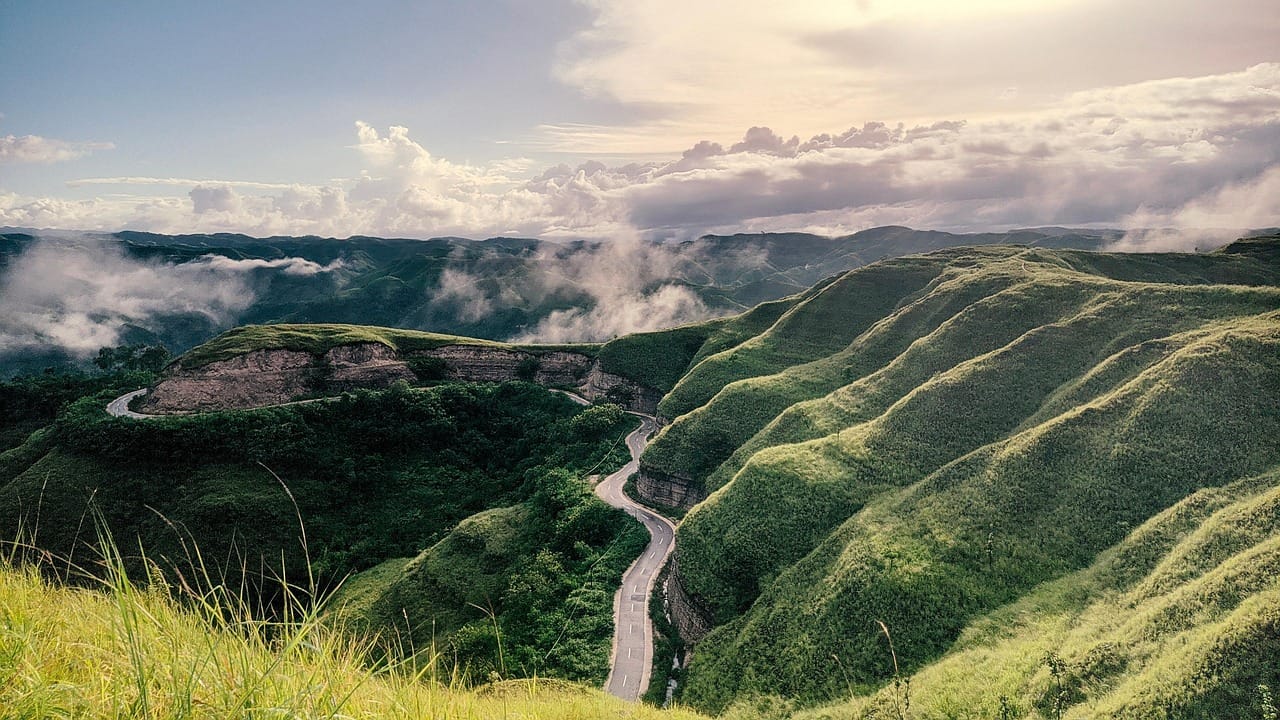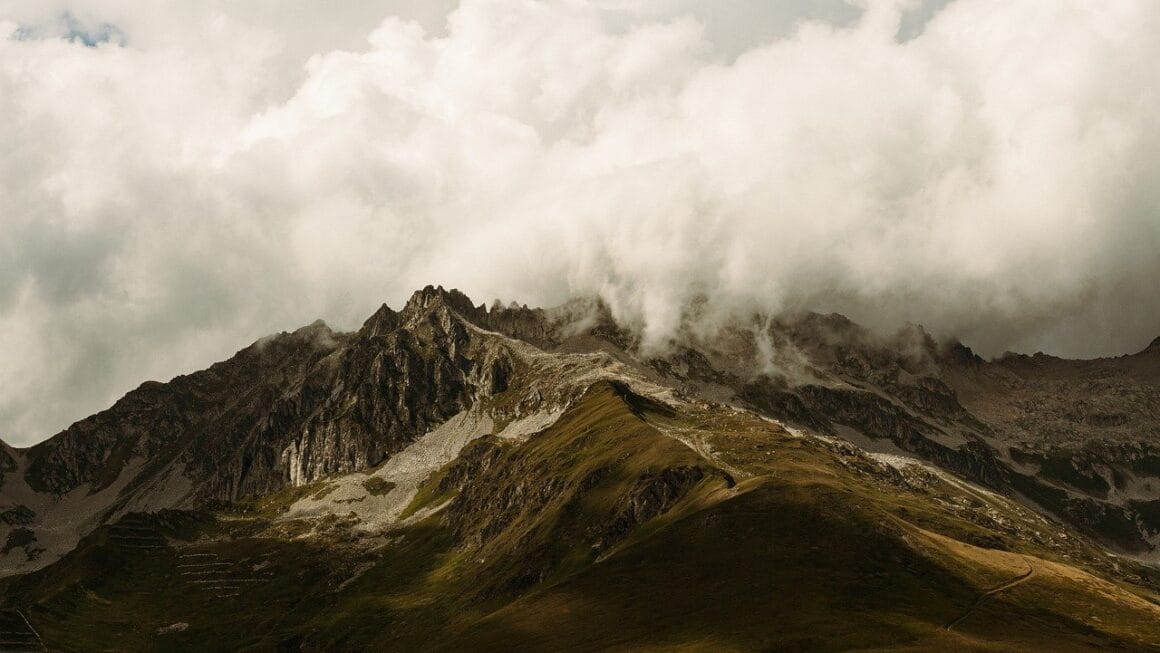The call of the wild. It’s a feeling deep within us, a yearning for connection with the natural world that often gets buried under the demands of modern life. But what if you answered that call? A wildlife adventure isn’t just a vacation; it’s an immersive experience, a chance to witness nature’s majesty firsthand, and to learn about the delicate balance of ecosystems. From the roaring lions of the African savanna to the playful monkeys of the Amazon rainforest, the possibilities are as vast and diverse as the planet itself. This guide will help you plan the ultimate wildlife adventure, ensuring a trip that’s both unforgettable and responsible.
Choosing Your Wildlife Adventure Destination
Factors to Consider
Selecting the right destination for your wildlife adventure requires careful planning. Consider your interests, budget, and desired level of activity. Are you fascinated by big cats, marine life, or primates? Do you prefer luxurious accommodations or rustic camping?
- Your interests: Determine which animals and environments you are most passionate about.
- Budget: Wildlife adventures can range from budget-friendly to ultra-luxury.
- Physical fitness: Some adventures require significant physical exertion, such as trekking or kayaking.
- Time of year: Research the best time to visit your chosen destination for optimal wildlife viewing.
- Ethical considerations: Ensure your chosen tour operator prioritizes wildlife conservation and responsible tourism.
Popular Wildlife Destinations
Here are a few popular wildlife adventure destinations to get you started:
- Tanzania, Africa: Witness the Great Migration of wildebeest and zebras, and see lions, elephants, and giraffes in their natural habitat. Consider a guided safari in the Serengeti National Park.
- Costa Rica, Central America: Explore lush rainforests teeming with monkeys, sloths, toucans, and colorful frogs. Take a canopy tour or hike through a national park like Manuel Antonio.
- The Galapagos Islands, Ecuador: Encounter unique species like giant tortoises, marine iguanas, and blue-footed boobies, famously studied by Charles Darwin.
- Borneo, Southeast Asia: Observe orangutans in their natural habitat, along with proboscis monkeys, sun bears, and diverse birdlife. Visit the Sepilok Orangutan Rehabilitation Centre.
- Yellowstone National Park, USA: Experience geothermal wonders and spot bison, elk, wolves, and bears in their natural environment.
Planning Your Wildlife Adventure
Booking and Preparation
Once you’ve chosen your destination, it’s time to start planning the logistics.
- Research tour operators: Look for reputable companies with experienced guides and a commitment to responsible tourism. Read reviews and compare itineraries.
- Book accommodations and tours: Secure your bookings well in advance, especially during peak season.
- Obtain necessary visas and permits: Check visa requirements and any permits needed for specific activities.
- Pack appropriately: Consider the climate and terrain of your destination. Pack lightweight, moisture-wicking clothing, comfortable hiking shoes, sunscreen, insect repellent, and a hat. Don’t forget a good quality camera and binoculars.
- Get necessary vaccinations and medical advice: Consult your doctor about recommended vaccinations and malaria prevention.
- Learn basic phrases in the local language: This shows respect for the local culture and can enhance your experience.
Essential Gear and Equipment
Having the right gear can significantly enhance your wildlife adventure.
- Binoculars: Essential for spotting wildlife from a distance. Choose a model with good magnification and clarity.
- Camera with zoom lens: Capture stunning photos of wildlife without disturbing them.
- Comfortable hiking boots: Crucial for walking and trekking in diverse terrains.
- Appropriate clothing: Layered clothing is ideal for adapting to changing weather conditions.
- Insect repellent: Protect yourself from mosquito bites and other insects.
- Sunscreen and hat: Protect your skin from the sun’s harmful rays.
- First-aid kit: Carry a basic first-aid kit with essentials like bandages, antiseptic wipes, and pain relievers.
- Water bottle or hydration pack: Stay hydrated, especially in hot climates.
Responsible Wildlife Tourism
Ethical Considerations
It’s crucial to travel responsibly and minimize your impact on the environment and local communities.
- Choose sustainable tour operators: Support companies that prioritize conservation and community development.
- Respect wildlife: Maintain a safe distance from animals and avoid feeding them.
- Avoid disturbing habitats: Stay on designated trails and avoid touching or removing plants and animals.
- Reduce waste: Minimize your use of plastic and dispose of waste properly.
- Support local communities: Purchase souvenirs from local artisans and eat at local restaurants.
- Educate yourself: Learn about the local environment and culture before you travel.
Minimizing Environmental Impact
Taking steps to reduce your environmental impact can help protect the wildlife and habitats you visit.
- Use reusable water bottles and shopping bags: Reduce your consumption of single-use plastics.
- Choose eco-friendly accommodations: Look for hotels and lodges that have implemented sustainable practices.
- Conserve water and energy: Be mindful of your water and energy consumption.
- Leave no trace: Pack out everything you pack in and avoid leaving any litter behind.
- Offset your carbon footprint: Consider purchasing carbon offsets to compensate for your travel emissions.
Capturing the Moment: Photography Tips
Essential Photography Techniques
Taking great photos of wildlife requires patience, skill, and the right equipment.
- Use a zoom lens: Get close-up shots of wildlife without disturbing them. A lens with a focal length of at least 300mm is recommended.
- Shoot in aperture priority mode: Control the depth of field to isolate your subject.
- Use a fast shutter speed: Freeze the action and avoid blurry images, especially when photographing moving animals.
- Focus on the eyes: Ensure the eyes are sharp to create a connection with the viewer.
- Use natural light: Avoid using flash, which can startle animals.
- Be patient: Wait for the perfect moment to capture the animal’s behavior and personality.
- Consider composition: Use the rule of thirds, leading lines, and other techniques to create visually appealing images.
Ethics in Wildlife Photography
Ethical considerations are paramount when photographing wildlife.
- Never disturb animals: Maintain a safe distance and avoid making loud noises or sudden movements.
- Do not use baiting or other artificial methods: This can alter animal behavior and harm their health.
- Respect protected areas: Follow all rules and regulations.
- Be mindful of nesting sites: Avoid disturbing nests or breeding grounds.
- Share your images responsibly: Avoid posting images that could encourage unethical behavior.
Conclusion
A wildlife adventure is more than just a trip; it’s a transformative experience that can deepen your appreciation for the natural world. By carefully planning your destination, choosing responsible tour operators, and practicing ethical travel habits, you can ensure that your adventure is both unforgettable and beneficial to the wildlife and communities you encounter. So, pack your bags, grab your binoculars, and prepare to embark on an incredible journey into the wild. The world awaits!




